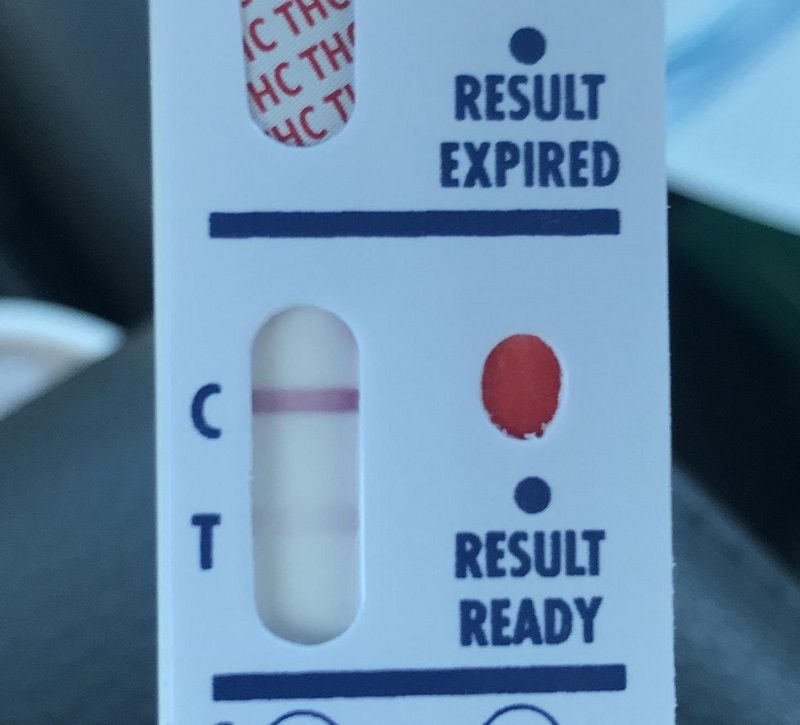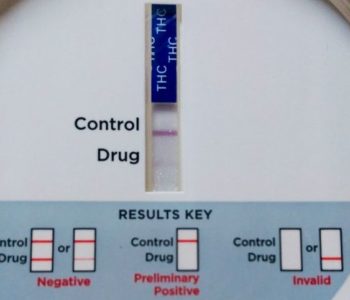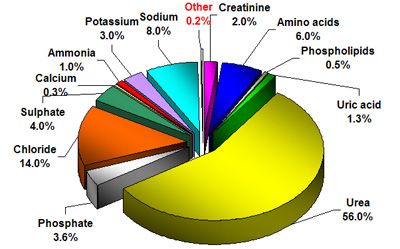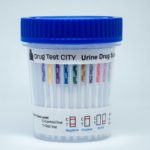
The question we get asked most frequently is what do faint lines on a drug test mean?
It is very common to have faint lines on drug tests. Most at home drug tests explicitly state that a faint line is a negative result, but customers still assume that it means there is some level of the drug present.
Faint Lines on Drug Tests Are Negative
Faint lines are always negative. The purpose of a drug test is to determine whether there is less or more of a certain concentration of metabolite present in the urine. You should interpret all Drug tests on a pass / fail basis. Drug testing cups are not quantitative and cannot indicate the amount of a drug that is present in the sample.
What Causes Faint Lines on a Drug Test?
Keep in mind on a 12 panel drug test you are actually performing 12 assays at once. Each test uses its own regeant and calibration. THC tests are notorious for having faint lines even for donors that have never smoked in their lives.

Variations in Urine Makeup
Urine is a complex substance that varies in makeup from person to person. The chemical makeup of urine alone can lead to test lines showing lighter or darker from one person to the next. Researchers published a database showing over 3,100 small molecule metabolites that can be found in urine. 1,500 compounds are created by the body alone and an additional 2,300 compounds come from diet, cosmetics, drugs and the environment.

External Variables
There are also dozens of variables that exist outside the laboratory that play into drug testing results.
- Temperature of the room
- Temperature of the urine
- Humidity
- Urine dilution
- Age of the test
- Amount of urine in the cup
- Amount of time the cup has sat before reading results
Cross Reactivity
There are many substances that can lead to false positives, and in a similar vein many substances can cause a faint line on a drug test. People take more prescription medication, over the counter medication, supplements and vitamins these days. Rapid drug tests are testing for metabolites that those drugs are broken down into and not the drug itself . Our bodies naturally produce about 4 grams of alcohol every day.
Trace Levels
Finally trace levels of the metabolite can cause a minor fading of the assay line. It’s always the first instinct of someone to believe trace levels are what causes faint lines on drug tests, and in some cases that’s true. The target metabolites are far more reactive than any other substance that could be found in the urine. However a faint line is still a line and indicates a negative result.
Addressing Faint Lines on Drug Tests
Even though you will always have to deal with faint lines you can do things to make sure your results are as accurate as possible.
- Tightly control independent variables during testing and storage, especially temperature.
- Consistently read results at the 5 minute mark.
- Discard expired tests.
- If possible test first thing in the morning before the subject can ingest water.
- Have subjects report all medications, supplements, and energy drink consumption.

